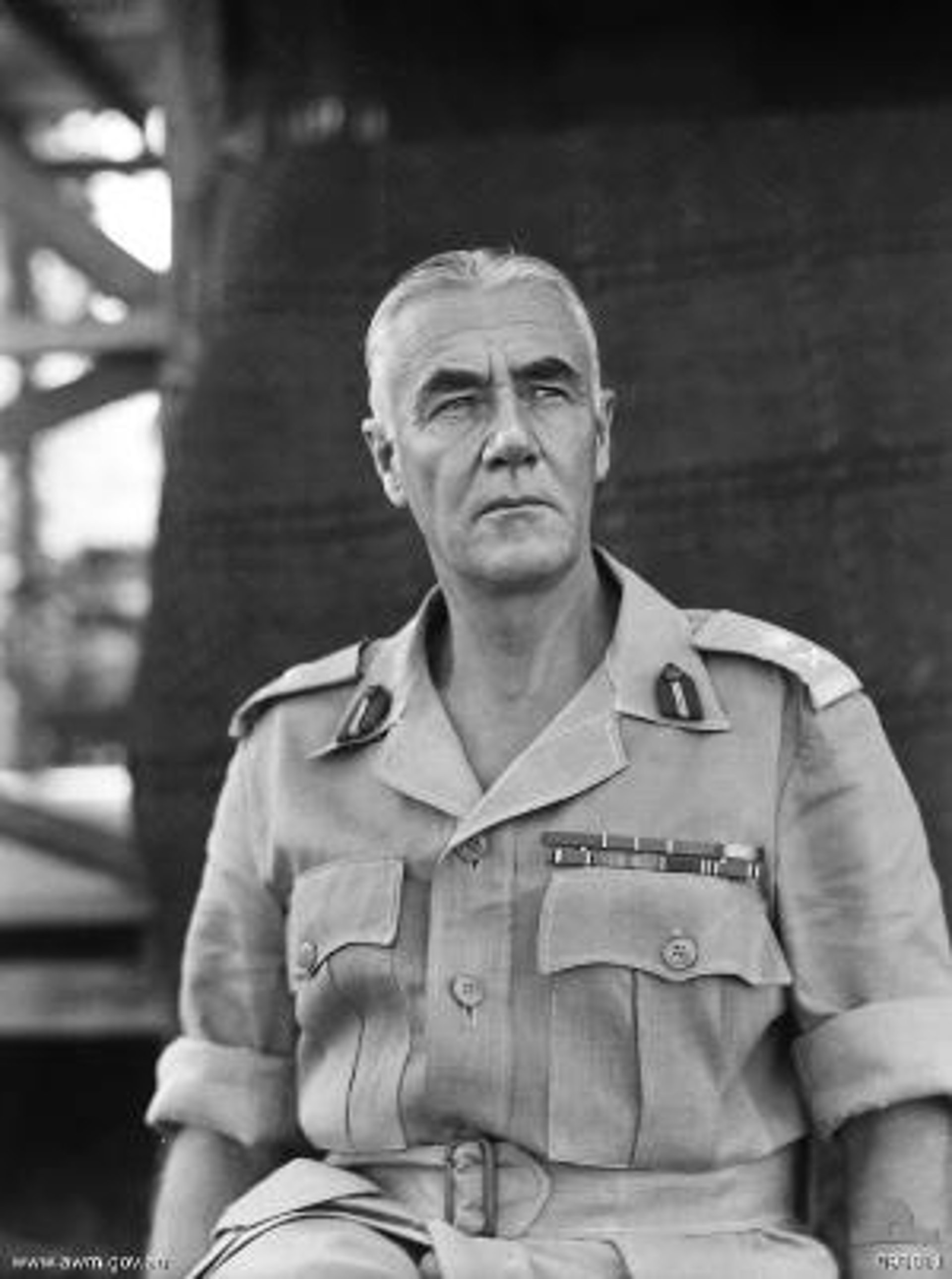
You didn’t come this far to stop
The Shifting Sands of Command
Bennett’s Struggle and the Rise of the Eighth Division
Episode 13: The Shifting Sands of Command – Bennett’s Struggle and the Rise of the Eighth Division
As World War II intensified, the Australian War Cabinet made pivotal decisions that shaped the command structure of the Australian Imperial Force (AIF). On May 22, 1940, the formation of the 8th Division AIF was approved, marking the third new division to be raised. This episode explores the political and military maneuvering surrounding this decision and its impact on Major General Gordon Bennett, who faced significant challenges and opposition during this period.
WW2 HISTORYDESCENT INTO HELLIN THEIR FOOTSTEPS BLOG
Toursofwar.com
7/26/20245 min read
Formation of the 8th Division AIF
The Decision to Raise the 8th Division
On May 22, 1940, the Australian War Cabinet approved the formation of the 8th Division AIF. This decision was part of a broader strategy to bolster Australia's military presence and capabilities during World War II. The creation of the 8th Division marked an expansion of Australia's commitment to the war effort, with Major General Vernon Sturdee appointed to command the new division.
The Decision to Raise the 8th Division
On May 22, 1940, the Australian War Cabinet approved the formation of the 8th Division AIF. This decision was part of a broader strategy to bolster Australia's military presence and capabilities during World War II. The creation of the 8th Division marked an expansion of Australia's commitment to the war effort, with Major General Vernon Sturdee appointed to command the new division.
Key Points:
Strategic Expansion: The formation of the 8th Division was a strategic move to strengthen Australia's military forces and enhance its operational capabilities in the Pacific theater.
Leadership Appointment: Major General Vernon Sturdee was given command of the 8th Division, a significant role that highlighted his strategic importance and the need for effective leadership in the growing AIF structure.
Challenges Faced by Gordon Bennett
Major General Gordon Bennett, who had been a prominent figure in the Australian military, faced significant challenges during this period. His relationship with key figures such as Chief of the General Staff Sir Brundell White, political leaders, and the staff corps was strained, impacting his career prospects.
Key Points:
Political and Military Opposition: Bennett's criticism of defense policies and his opposition to the appointment of permanent officers to high command positions led to tension with Chief of the General Staff Sir Brundell White and other influential figures.
Limited Command Opportunities: Despite his seniority and experience, Bennett struggled to secure a command position due to his strained relationships with key military and political figures.
Did You Know? Advanced Training

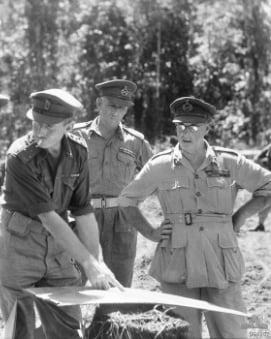
Advanced Training: Sturdee’s advanced training at the British Army Staff College contributed significantly to his strategic acumen.
World War I Impact: His service during World War I included influential staff roles that shaped his future military leadership.
Major General
Vernon Sturdee
Major General Vernon Sturdee was a distinguished military leader whose career spanned both World Wars. Born on February 15, 1886, in Victoria, Australia, Sturdee had a notable military career marked by significant achievements and command roles.
Experience
Early Education: Attended the Royal Military College, Duntroon, where he received foundational military training.
World War I Service: Served on the Western Front, holding critical staff positions and gaining recognition for his strategic skills.
Interwar Experience: Furthered his education at the British Army Staff College and held various command and staff roles, enhancing his military expertise.
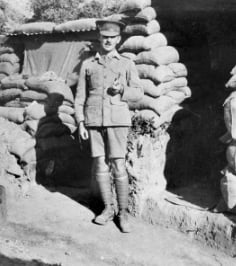

Key Figures and Political Influence
Major General Gordon Bennett, a prominent Australian officer, faced significant political and professional challenges during this period. His contentious relationships with key figures like Chief of the General Staff Sir Brudenell White and other senior military leaders shaped his career trajectory.
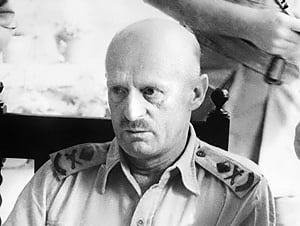

A Controversial Figure
Professional Challenges: Bennett’s criticism of defense policy and spending, along with his strained relations with White and other influential figures, hindered his career progression. His appointment to command the Eastern Command training depot and the Volunteer Defence Corps marked a period of reduced influence.
Political and Personal Struggles: Bennett’s ongoing disputes with senior officers and his attempts to secure a higher command position, despite his controversial standing, highlighted the complex interplay between personal ambitions and political realities.
Did You Know?


Political Maneuvering: The formation of the 8th Division was not just a military decision but also a result of intricate political maneuvering, reflecting the broader power struggles within the Australian government and military leadership.
Sturdee’s Expertise: Major General Sturdee’s extensive experience, including his advanced training at the British Army Staff College, played a significant role in his effective command of the 8th Division and his broader impact on Australian military strategies.
As Bennett’s opportunities dwindled
As Bennett’s opportunities dwindled, Sturdee emerged as a central figure in the Australian military leadership. His appointment to command the 8th Division and subsequent developments underscored his growing influence and the shifting dynamics within the Australian Army.
Sturdee’s New Command: Appointed to lead the 8th Division on August 30, 1940, Sturdee’s leadership was instrumental in shaping the division’s role and effectiveness. His experience and strategic insights were crucial in navigating the challenges of wartime command.
Impact of Political Dynamics: The delay in decision-making regarding key appointments and the influence of political factors on these decisions further underscored the complex environment in which Sturdee operated.
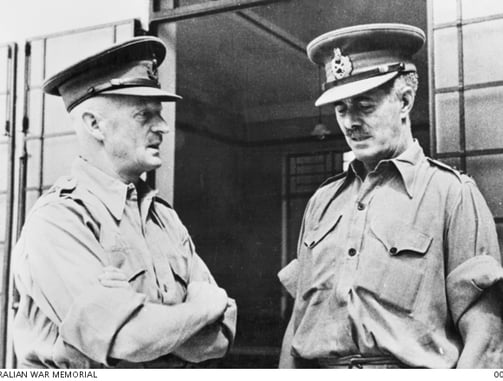

Sturdee’s Ascendancy
Conclusion
The formation of the 8th Division AIF and the rise of Major General Vernon Sturdee mark a pivotal moment in Australia’s military history during World War II. As we continue this series, the focus will shift to Wilfred Kent Hughes, a new and influential figure in Australian military and political spheres. Episode 14 will explore Kent Hughes’s contributions and the impact of his leadership on Australia’s wartime strategies.
How You Can Help
Donations and Sponsorships: We are seeking corporate sponsorships and donations to fund ongoing restoration projects and educational programs. Your support can make a significant difference in maintaining the quality and impact of the museum.
Volunteer Opportunities: If you have expertise or time to offer, consider volunteering with us. There are many ways to get involved, from artifact restoration to educational outreach.
Spreading the Word: Share this blog and our mission with your network. The more people who know about the JEATH War Museum and its significance, the greater the impact we can achieve together.
The St Andrews Research Team is dedicated to preserving the legacy of the Thai-Burma Railway and the memories of those who suffered. We need your support to continue our work. There are several ways you can help:
Join the Cause!
If you or someone you know is interested in supporting this cause, please get in touch.
This is a chance to be part of something truly meaningful and impactful.
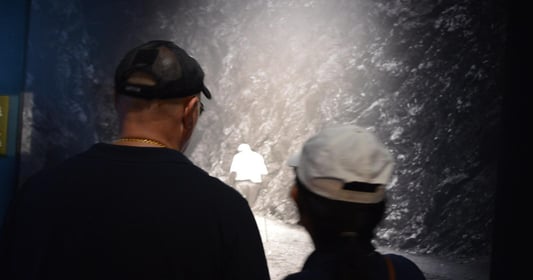

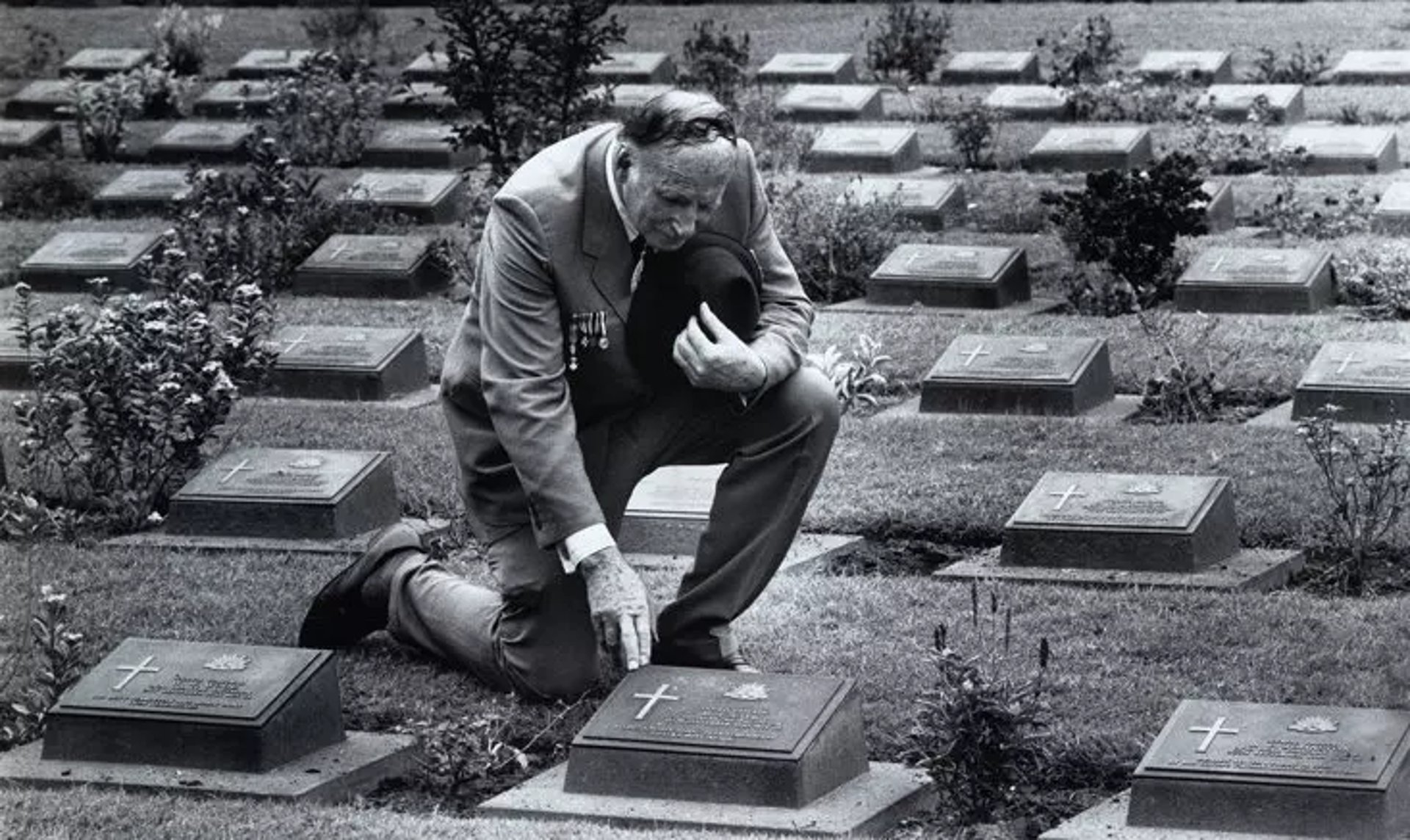
Together, We Can Make a Difference!
This is a veteran-run project, and we need your help to make it happen. Stand with us in honoring the legacy of the POWs and ensuring their stories are never forgotten.
